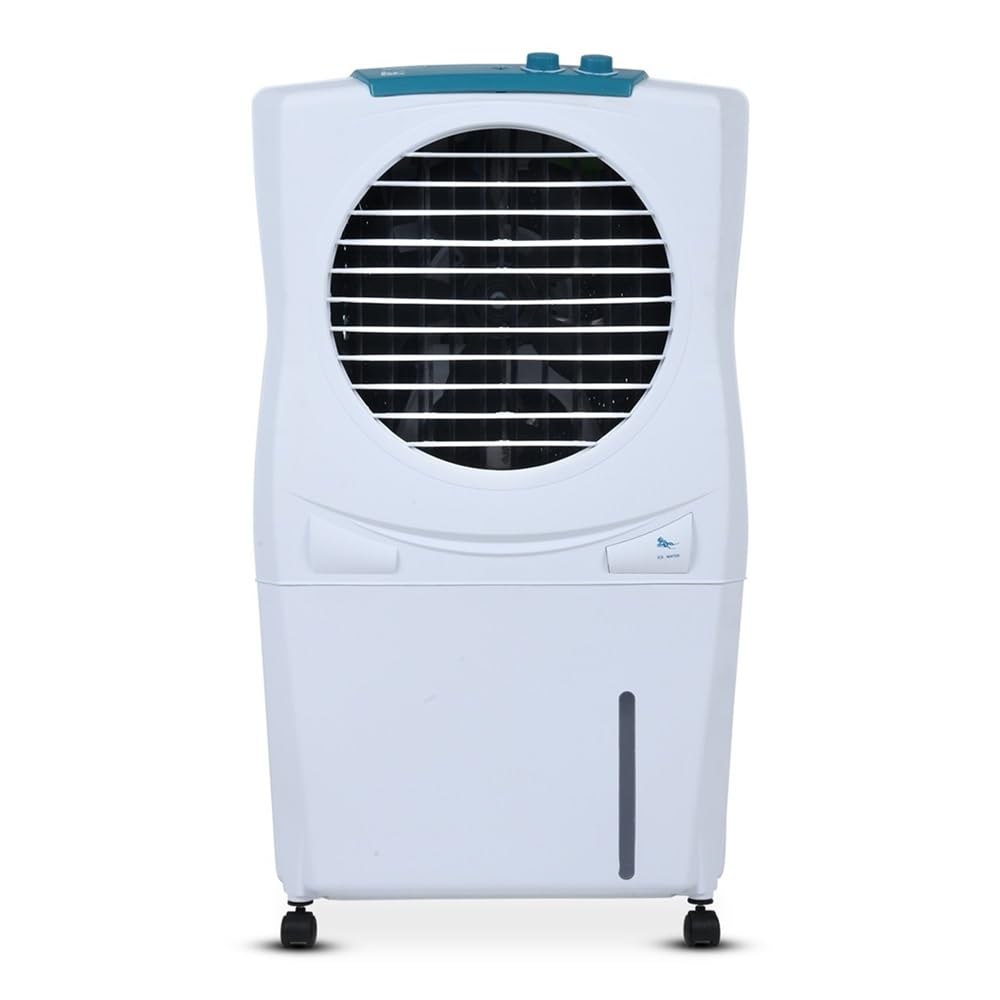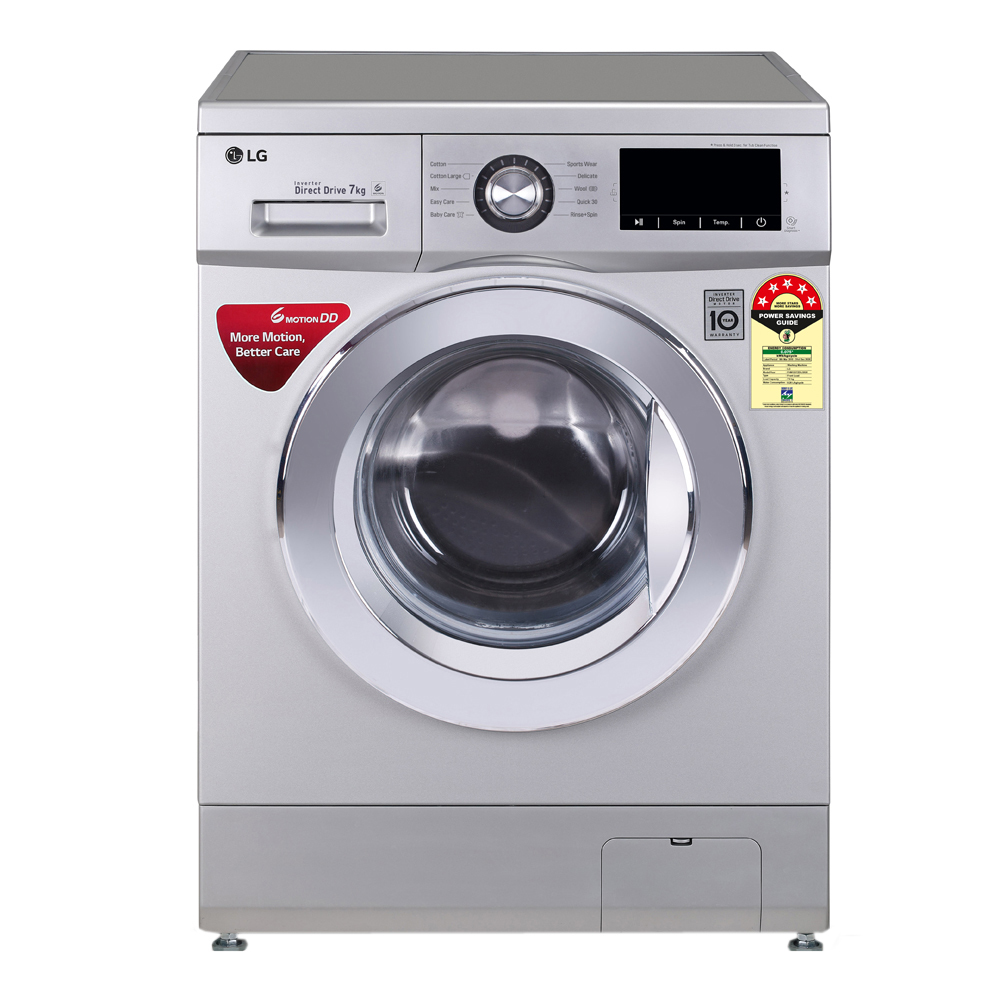How Many Different Types Of Cooler Exist?

Individual Coolers.
A personal cooler sometimes referred to as a little air conditioner or portable air cooler, is a small, personal cooling equipment. Usually used to cool a small space Types Of Cooler like a single room, a personal workstation, or an outdoor lounging area, these coolers are smaller than standard air conditioners. Like traditional evaporative coolers, personal coolers typically function by evaporating water to produce cool air. They may be used in a variety of locations because they are lightweight, easily portable, and frequently have wheels or handles. They can also be powered by batteries or connected to a regular electrical outlet. In places where central air conditioning is not available, including small flats, offices, tents, or outdoor events, these coolers are well-liked for offering comfort from hot temperatures. For people who only want to cool in particular locations or at particular times of the day, they provide a more affordable and energy-efficient option to conventional air conditioners.
Features of Individual cooler: Strong blower, dust collector, Fan velocity, High-performance honeycomb pad capacity in litres, Completely functional remote.
Pros-
Personal air coolers work best when used near and are ideal for cooling small areas. Because they are compact, they are also portable.
- Low power consumption: Air coolers are a more energy-efficient choice because they use a lot less power than air conditioners.
- Lower initial cost: For people on a tight budget, air coolers can be a big deal because they are typically less expensive to buy than air conditioners.
- Appropriate for small spaces: If you only need to cool one room, air coolers are a perfect choice because they are made for smaller spaces like living rooms or bedrooms.
- Easy to install and maintain: Without the aid of a professional, air coolers are comparatively simple equipment that are simple to install and maintain.
- No hazardous emissions: There are no toxic gases or chemicals released by air coolers that could endanger the environment or public health.
Cons-
1. Restricted cooling capacity: Because air coolers are made for smaller areas, their cooling power is restricted.
2. Less effective in excessive heat: Air coolers may not be able to provide enough cooling in situations where the weather is exceptionally hot. They are less effective in such conditions.
3. Not suited for large spaces: Due to its potential inability to deliver sufficient cooling, air coolers are not recommended for use in large spaces.
4. May propagate allergens and bacteria: Unclean filters in air coolers have the potential to propagate allergens and bacteria, which can worsen respiratory conditions.
Tower Air Coolers.

A form of a cooling solution called a tower cooler and Types Of Cooler is used in personal computers to disperse heat produced by the CPU. A metal heatsink with several thin fins that expand its surface area for heat dissipation is found in tower types of coolers. Furthermore, one or more fans are included to help push hot air out of the heatsink.
Features Of Tower Cooler: Wheels with castors, technology for cooling, Water, Remote with Magnetism, Large 35 l tank capacity, Automatic louvre movement, Protection Against Overheating.
Pros–
1. Designs that save room: Tower coolers are perfect for locations with limited floor or surface area because of their typically vertical and thin shape. They don’t impede traffic flow and can be effortlessly tucked into tight areas or corners.
2. Airflow that is effective: The purpose of tower coolers is to create a constant flow of air across a space. Compared to conventional fans, they are able to distribute air more efficiently because of their tall and narrow shape. This may result in an improved room’s general cooling.
3. Adaptable configurations: A lot of tower coolers have oscillation capabilities and several speed settings, so customers may adjust the airflow to suit their needs. For added convenience, some versions also include remote controls and timers built right in.
4. Quiet operation: To reduce noise levels while operating, tower coolers frequently make use of cutting-edge technology and unique design elements. Use of this might be especially advantageous in workplaces or bedrooms where quiet is needed.
Cons–
1. Limited cooling capacity: In general, tower coolers are not as strong as air conditioners, particularly in very hot or muggy weather. They rely on fan technology or evaporative cooling, which might not be enough to quickly lower the temperature or to cool huge regions.
2. Depending on the room: Tower coolers function best in low-humidity environments. Evaporative cooling systems can lose a lot of their efficacy in extremely humid settings, which restricts their cooling potential.
3. Restricted cooling range: In general, tower coolers provide more localized cooling than air conditioners, particularly in poorly insulated or openly spaced rooms. For bigger areas to be adequately cooled, users might require multiple units.
4. Noise levels: Tower coolers can make considerable noise, especially at very higher speed settings, even though they are normally quieter than some other
Window Air Coolers:

A window air cooler is a wall-mounted or window-mounted, medium-sized unit. It works well in rooms that range from medium to large, like dining rooms, kitchens, and hallways. Types Of Cooler Water is delivered and kept in a water tank or connection found on window air coolers. A window air cooler does, however, have several drawbacks. It cannot be moved or modified, and it can only chill one area or direction. Additionally, it may raise the room’s humidity, which some individuals may find uncomfortable or unhealthy. In addition, to stop the formation of mould or germs, a window air cooler needs to have its water tank filled often and its pad or tray cleaned regularly Types Of Cooler.
Features Of Window Cooler: Air transport, Air divergence, Energy converter, media cooling, Indicator of water level, Differential water tank size, Guarantee.
Pros:
- Reasonably cheap Operating Cost: Window air coolers have extremely cheap operating costs because of their efficiency.
- Natural Cooling: By utilizing the evaporation of water, it naturally lowers the temperature in hotter locations.
- Electricity efficiency: Window air coolers save electricity because they use less energy to run.
- Installation Ease: They are readily movable and installed, and they frequently have a water pipe for simple use.
Cons:
- Incapability at Different Angles: The efficiency of this cooler is contingent upon its installation location and is restricted to operation at a particular angle.
- Hazard of Hydrogen Oxide Formation: If there is an excess of hydrogen oxide in the water during the evaporation process, it tends to be produced more at higher temperatures in the atmosphere, which can be harmful to human health.
- Moisture Dependent on Air Currents: A window air cooler may only provide adequate cooling in particular locations when there are favourable air currents.
Desert Air Cooler

The cooling power and Types Of Cooler of a desert air cooler are very high. Up to 2000 square feet can be covered, and it can reduce air temperature by up to 15°C. It can also be used outside on patios, terraces, and gardens. A desert cooler uses no chemicals or refrigerant, and it uses less electricity than an air conditioner.
A desert air cooler does, however, have several drawbacks. It needs a lot of room for installation because it is heavy and large. It can be costly as well because it requires a lot of upkeep and water. In addition, a desert air cooler may raise the relative humidity in the space, which may result in appliances or furniture becoming wet or corroding. Visit our blog on desert coolers here for a thorough examination of desert air coolers and Types Of Coolers.
Features Of Desert Air Cooler. Air And Water Delivery, Side Colling Pads, Strong Fan, Motion of the auto louvre, All Functions Remote, Easy Water Filling.
Pros:
- Efficient Cooling in Arid Climates: Desert coolers work particularly well in arid climates, offering efficient cooling in low-humidity environments.
- Fit for Rooms That Are Bigger: Desert coolers can send cool air into even the furthest reaches of a room, which is why they are made for chilling vast spaces.
- Outdoor Use: Suitable for terraces and backyards, these outdoor settings offer versatility in a range of scenarios.
- Cost-effective: When compared to conventional air conditioning systems, desert coolers provide a more affordable cooling option.
- Environmentally Friendly: They contribute to a greener cooling choice because they are more energy-efficient and less harmful to the environment than air conditioners.
Cons:
- Limited Effectiveness in Humid Regions: Because the air in humid regions already contains a lot of moisture, desert coolers are less effective there.
- Maintenance: If the cooler is placed on the roof, it may be more difficult to clean and maintain the cooling pads on a regular basis.
- Water Usage: Desert coolers require a lot of water, which might be problematic in regions with little water resources.
- Difficulties with Roof Installation: If mounted on the roof, maintenance may be difficult, necessitating a ladder for access and perhaps contributing to roof degradation.
- Performance Limitation: Because the air can’t hold as much moisture in hot and muggy conditions, desert coolers may not be as effective at cooling off large areas.

